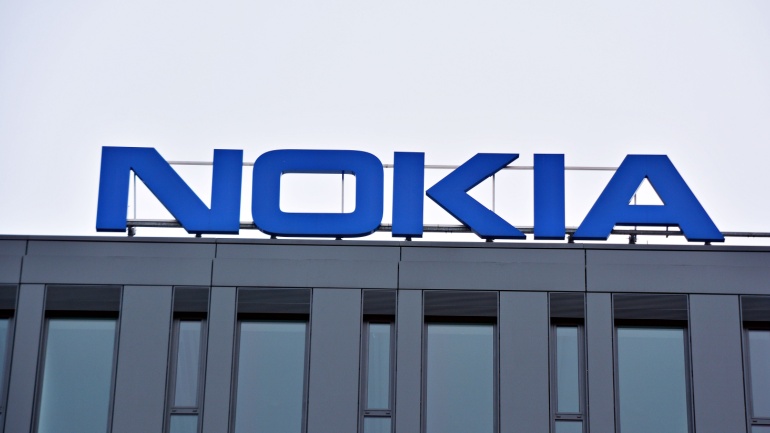Oracle’s $5 billion investment in the UK’s data center expansion aims to bolster cloud computing and AI infrastructure over the next five years, aligning with the UK’s sovereign data processing regulations and AI strategy. This move enhances Oracle’s cloud infrastructure, boosting AI services and aiding the UK’s digital transformation.
GM and NVIDIA are partnering to integrate AI into vehicles, factories, and robotics. This collaboration leverages NVIDIA’s computing platforms to enhance manufacturing, streamline production, and advance driver-assistance systems.
Ericsson, Volvo Group, and Bharti Airtel have joined forces to revolutionize Industry 4.0 and pave the way for Industry 5.0 in India through a groundbreaking research collaboration. By integrating 5G, XR, and AI, this partnership aims to transform manufacturing, enhance processes in real time, and position India as a hub for industrial innovation.
Ericsson and Ooredoo Qatar’s collaboration heralds a new era of digital transformation with strategic 5G solutions targeting enterprises and the public sector. This partnership promises to enhance connectivity, boost efficiency, and support sustainability by deploying private networks for vital sectors.
Canada is revolutionizing telecommunications with its expansion of 5G spectrum, including mmWave spectrum. This government initiative enables enhanced network performance, especially in remote areas, empowering sectors like smart agriculture and industrial automation.
ZTE Corporation, alongside China Mobile, launched innovative AI-driven 5G-A solutions at MWC 2025. These advancements in 5G-A technology, including ‘Communication-Sensing-Computing-Intelligence’ and ‘Ambient IoT,’ promise groundbreaking transformations in industrial applications.
Nokia’s partnership with Carrix to deploy Digital Automation Cloud (DAC) private 4G and 5G networks across US container terminals, including Jacksonville, Long Beach, Oakland, and Seattle, aims to enhance operational efficiency and digital capabilities.
Samsung successfully tested 5G RedCap on Hyundai’s private 5G network in Ulsan, marking an industry-first for Industry 4.0. The trial enhances Hyundai’s smart factory initiative, optimizing automation with RedCap-enabled devices.
The European Commission has approved €227 million to support ams Osram’s semiconductor plant in Austria. This facility will enhance Europe’s chip industry, reduce reliance on foreign suppliers, and produce advanced wafers for key sectors.
Telstra’s collaboration with Ericsson is set to redefine Australia’s telecommunications through the launch of a 5G Advanced network, offering bespoke connectivity and innovative applications. The integration of Ericsson’s Open RAN-ready hardware and AI automation enhances network efficiency and reliability.












